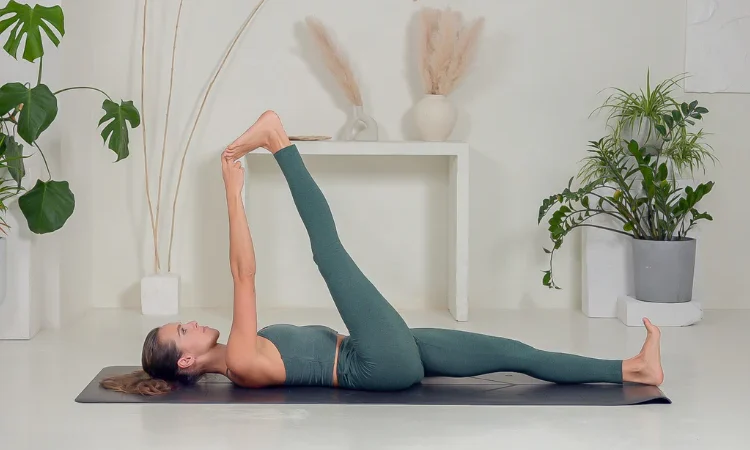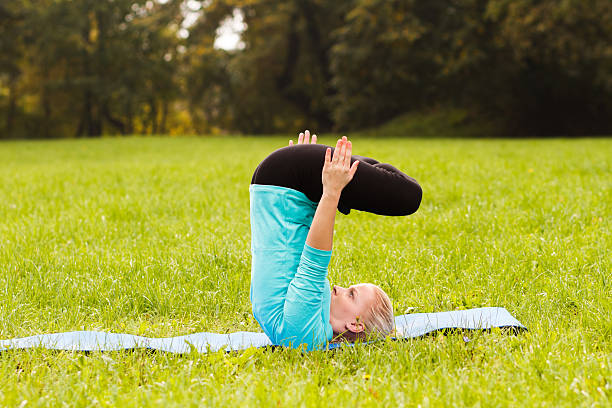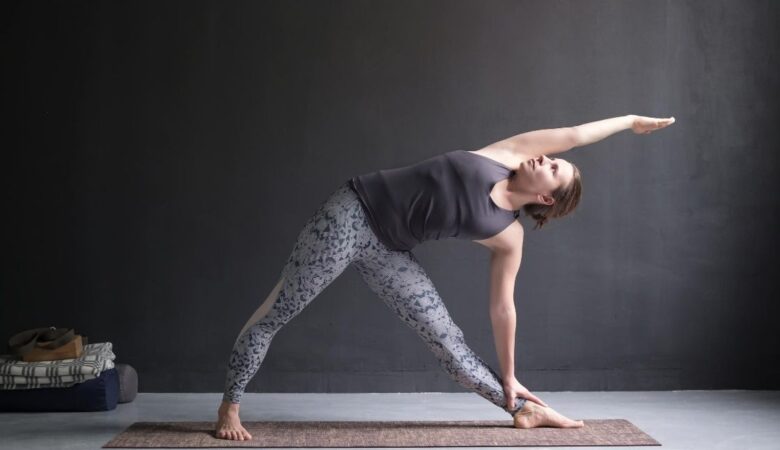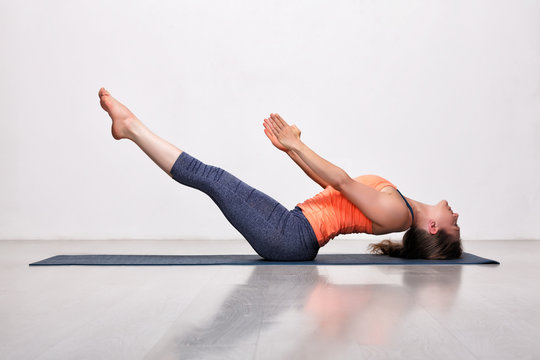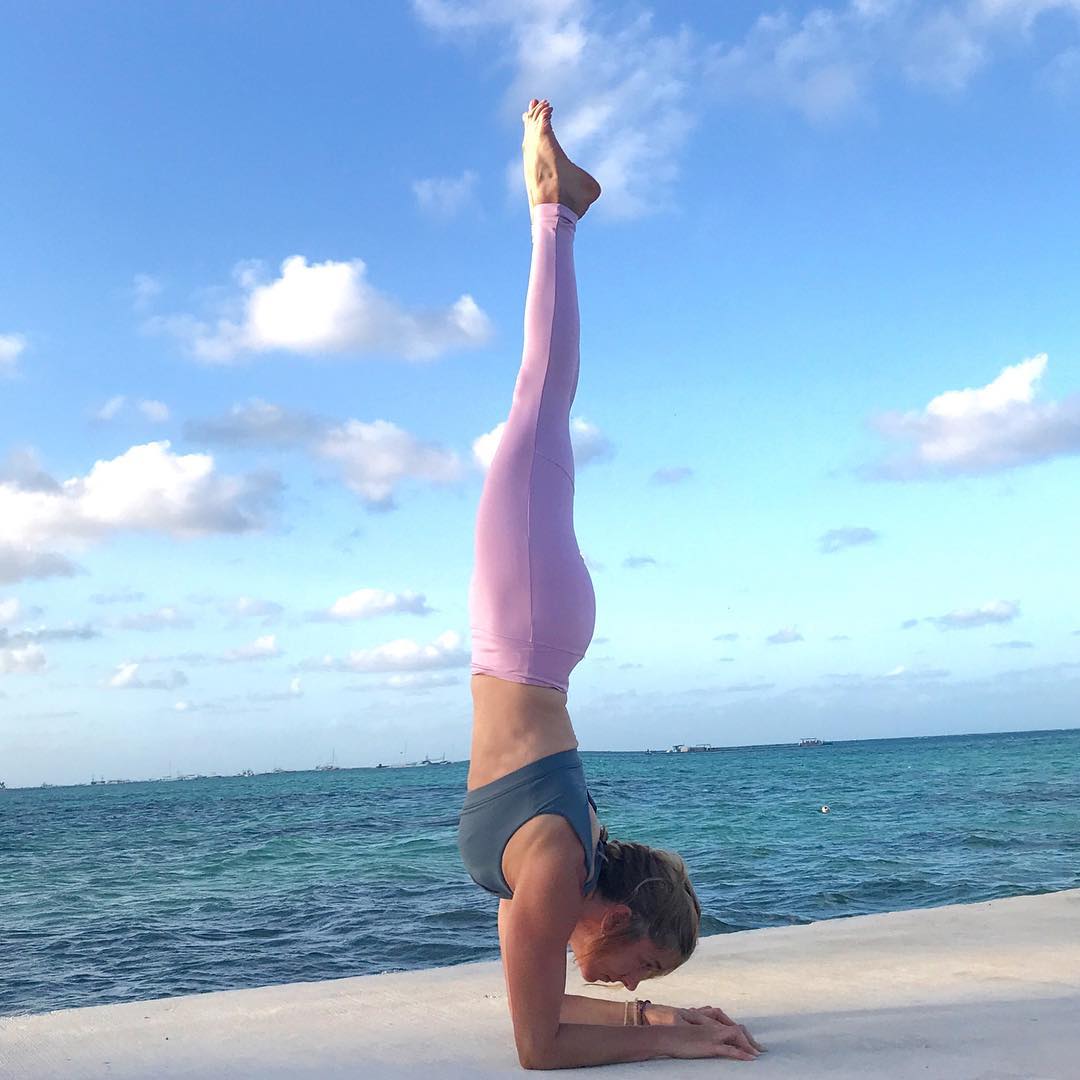
Sanskrit Name: Pincha Mayurasana (पिंच मयूरासन)
English Name: Feathered Peacock Pose / Forearm Stand Pose
Type of Yoga: Ashtanga Yoga
Level of Yoga: Advanced / Intermediate
Duration: As per your capability or 30 to 60 seconds
Target Area: Shoulders, Neck, Thorax, Navel
Strengthens: Back, Shoulders, Arms
The Pincha Mayurasana is also known as Forearm Stand and Feathered Peacock Pose. It helps immensely to strengthen the shoulders, arms, back, and core. Practicing it regularly improves the balance and also helps to overcome the fear of falling. Because of the inversion, you’ll have improved blood flow to your brain, which will help you relieve stress.
NOTE:
In the yoga tradition, the inversions help to open your third eye chakra and thus it improves the mental abilities of the practitioner.
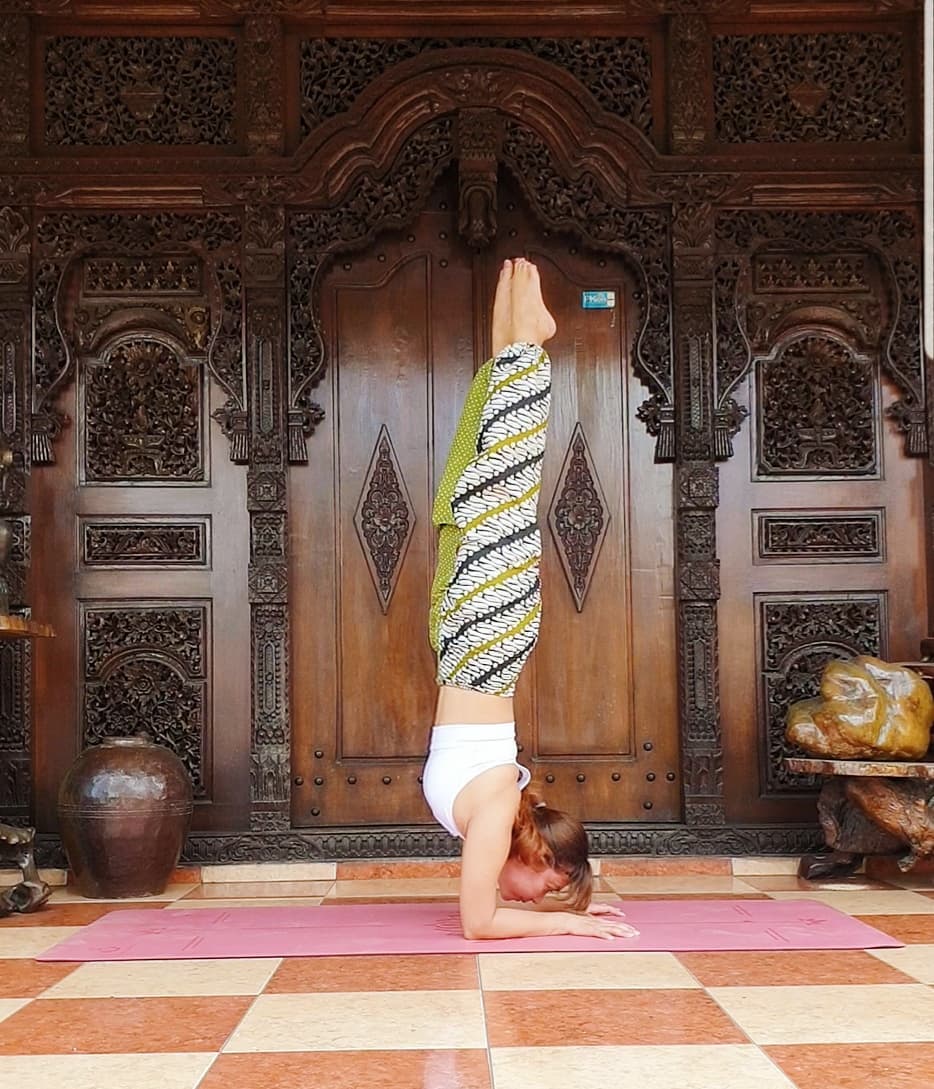
Table of Contents
What Does It Mean By Pincha Mayurasana (Feathered Peacock Pose)?
The term Pincha Mayurasana is a Sanskrit language term. This Pincha Mayurasana is made of 3 Sanskrit words
The first word is “Pincha (पिंच)”, which means “Feathered”
The second word is “Mayur (मयूर)”, which means “Peacock”
And the third word is “Asana (आसन)”, which means “Yoga Pose”
It’s a showy and beautiful pose that makes the practitioner look like a peacock standing his feather out. This one is one of the most difficult yoga poses that need both your skill and patience to execute the yoga pose appropriately.
Preparatory Poses Of Pincha Mayurasana:
- Adho Mukha Vrikshasana (अधो मुखा वृक्षासन) or Handstand Pose
- Prasarita Padottanasana (सारित पादोत्तासन) or Wide-Legged Forward Bend
- Gomukhasana (गोमुखासन) or Cow Face Pose
- Padahastasana (पादहस्तासन) or Standing Forward Bend
- Supta Virasana (सुप्त वीरासन) or Reclined Hero Pose
- Adho Mukha Svanasana (अधोमुखश्वानासन) or Downward-Facing Dog Pose
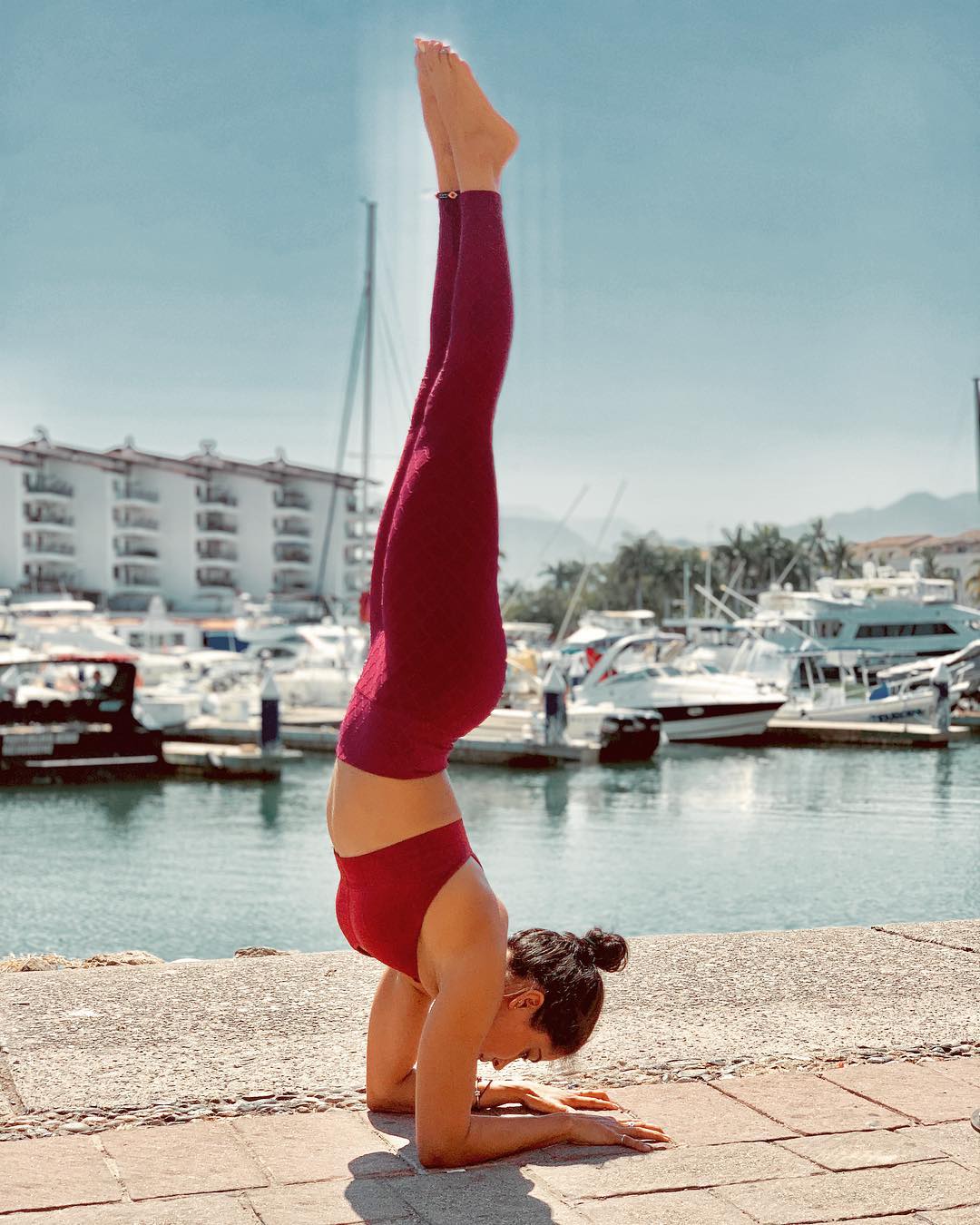
Methods of Doing Pincha Mayurasana:
At first, lie down flat on the floor on your stomach
Gently bend the elbows in such a way that the elbows directly place under the shoulders
Keep your elbow folded and your palms touching the ground
Now lift up the hips slowly and walk towards the arms and come as close as possible
Raise the right leg in the air, and then kick up your left leg off the ground.
If you are a beginner then you can take a wall’s support to rest your legs on the wall instead of keeping them in the air
Stay in this posture for 30 to 60 seconds
Remember to keep the head off the ground, and also make sure that you keep the shoulders away from the ears
Keep your feet perpendicular to the floor
Breathe deeply yet slowly, and stay in this posture for as long as possible
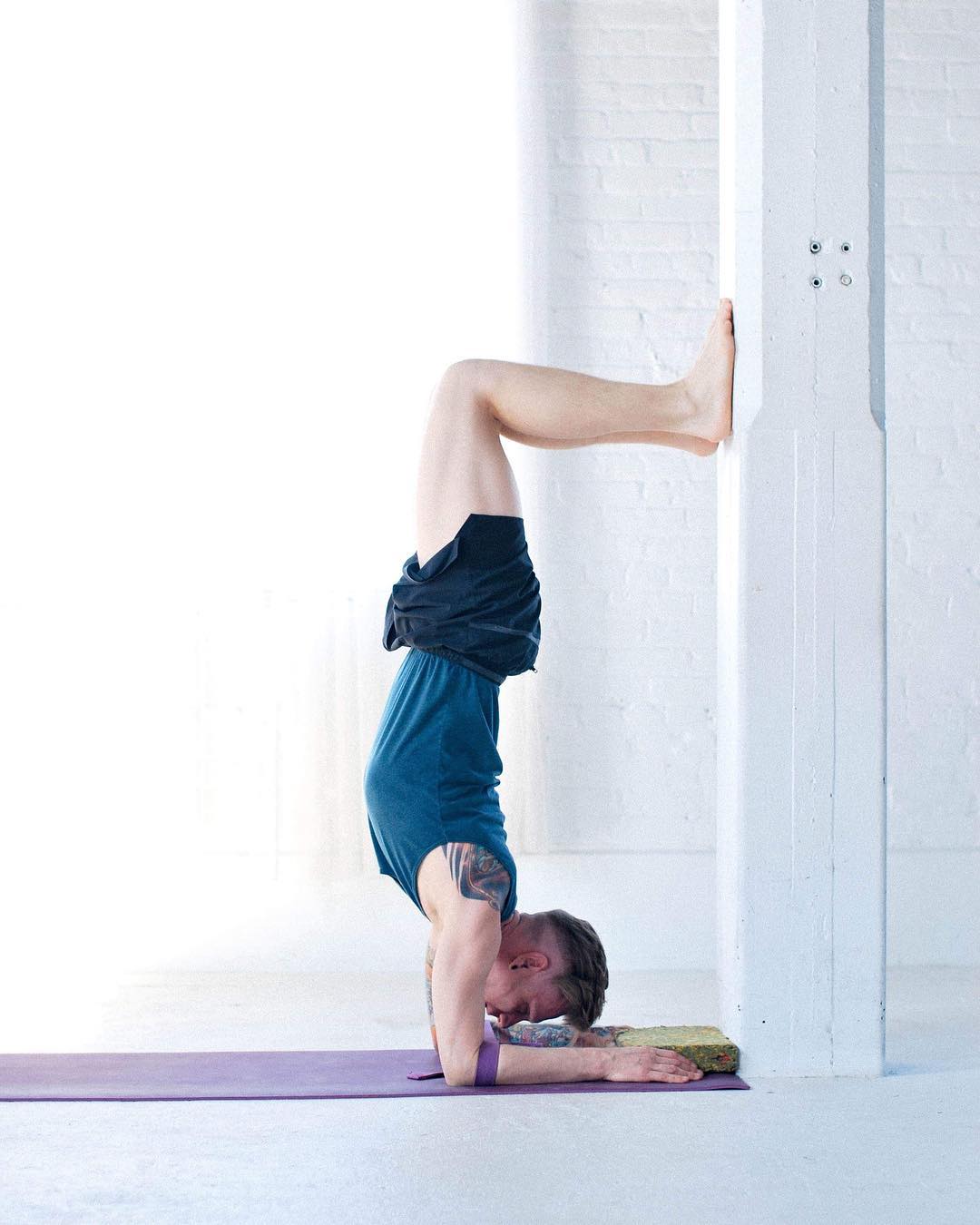
Beginner’s Tips:
One can also seek help from other practitioners at the beginning day of your Pincha Mayurasana practice
Follow-Up Poses of Pincha Mayurasana:
- Adho Mukha Svanasana (अधोमुखश्वानासन) or Downward-Facing Dog Pose
- Adho Mukha Vrikshasana
- Shirshasana
- Gomukhasana
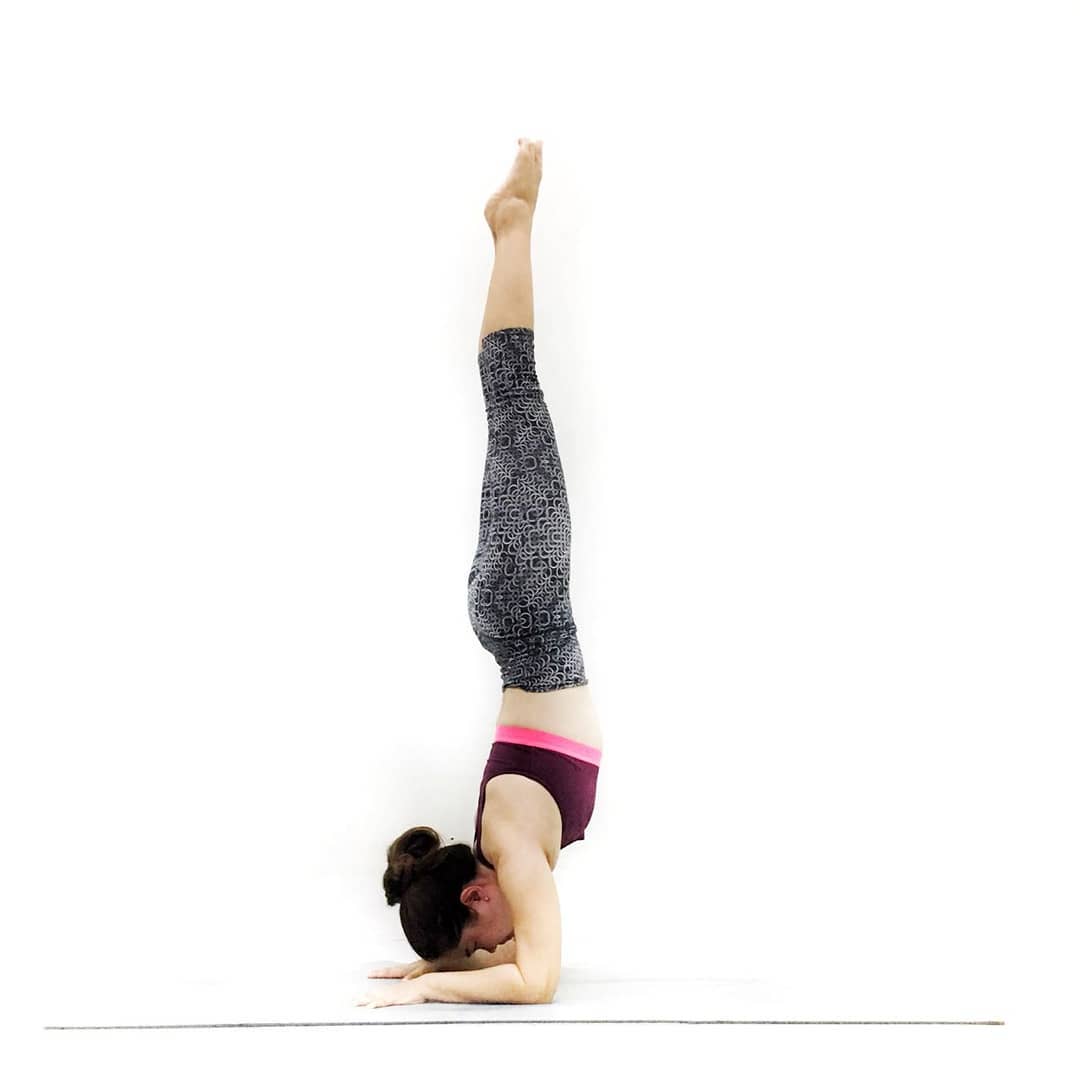
Precaution to Pincha Mayurasana:
Avoid doing Pincha Mayurasana in case you have high BP, heart disease, headache, or any other injury to the back, neck, or shoulder
This asana is not recommended to the pregnant ladies. So, avoid doing this asana during pregnancy
Avoid practicing this asana at the period of menstruation
Glaucoma, hypertension, Diabetes patients do not practice asana
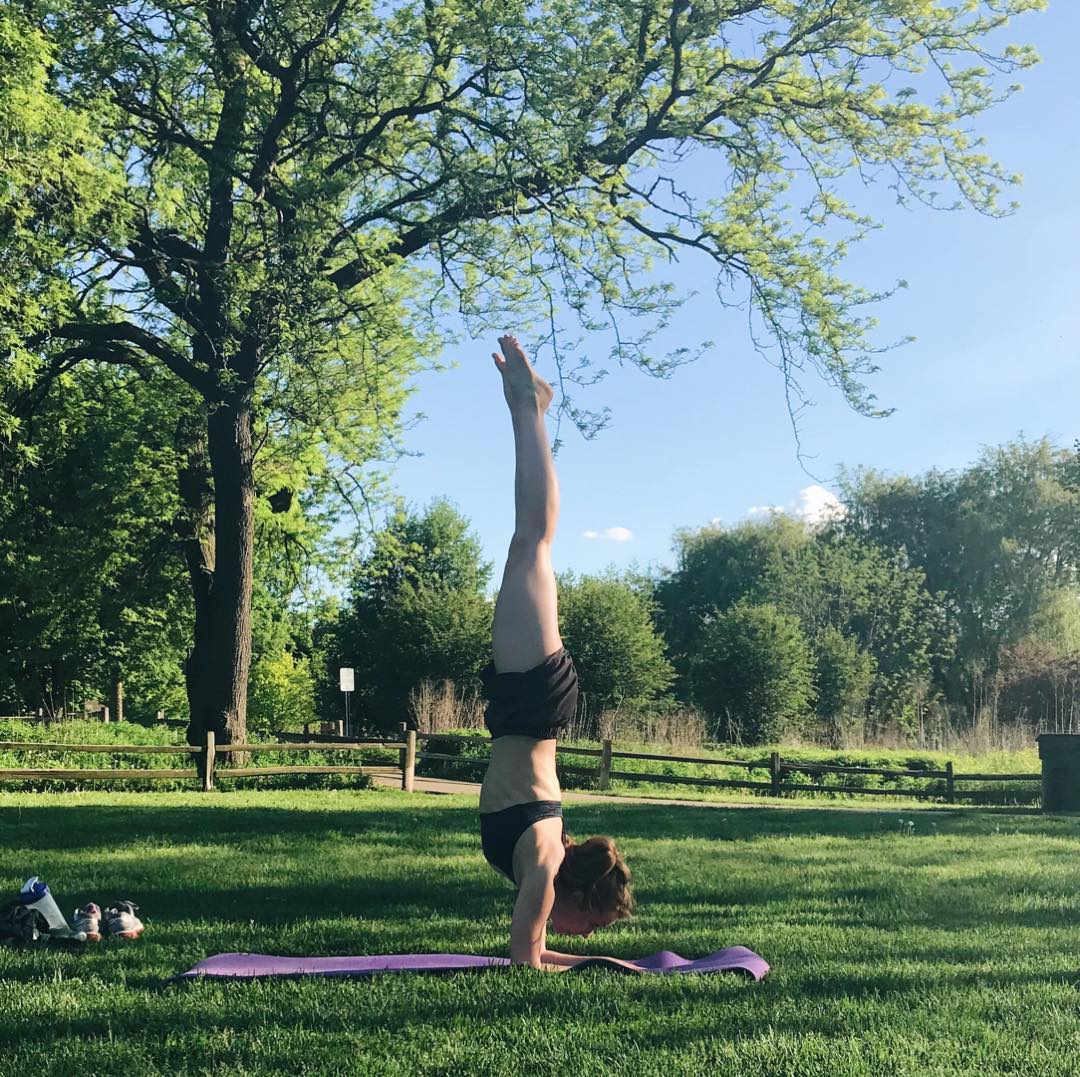
Benefits of the Pincha Mayurasana:
- Regular practice of Pincha Mayurasana helps to strengthen our upper body and arms
- Provides some great stretch to our middle and upper body
- Engages our mind and thus relieves mild depression and stress
- Develops great arm strength and also improves the side body posture
- Pincha Mayurasana is well-known for its abilities to strengthen our upper back muscles and shoulders with regular practice
- Improves the balance of the body if you practice Pincha Mayurasana on a daily basis
- It transports fresh blood to our brain to revive our mind, and also energize the whole body
- This Asana gives the shoulders, neck, belly, and chest a great stretch and thus make them stronger

